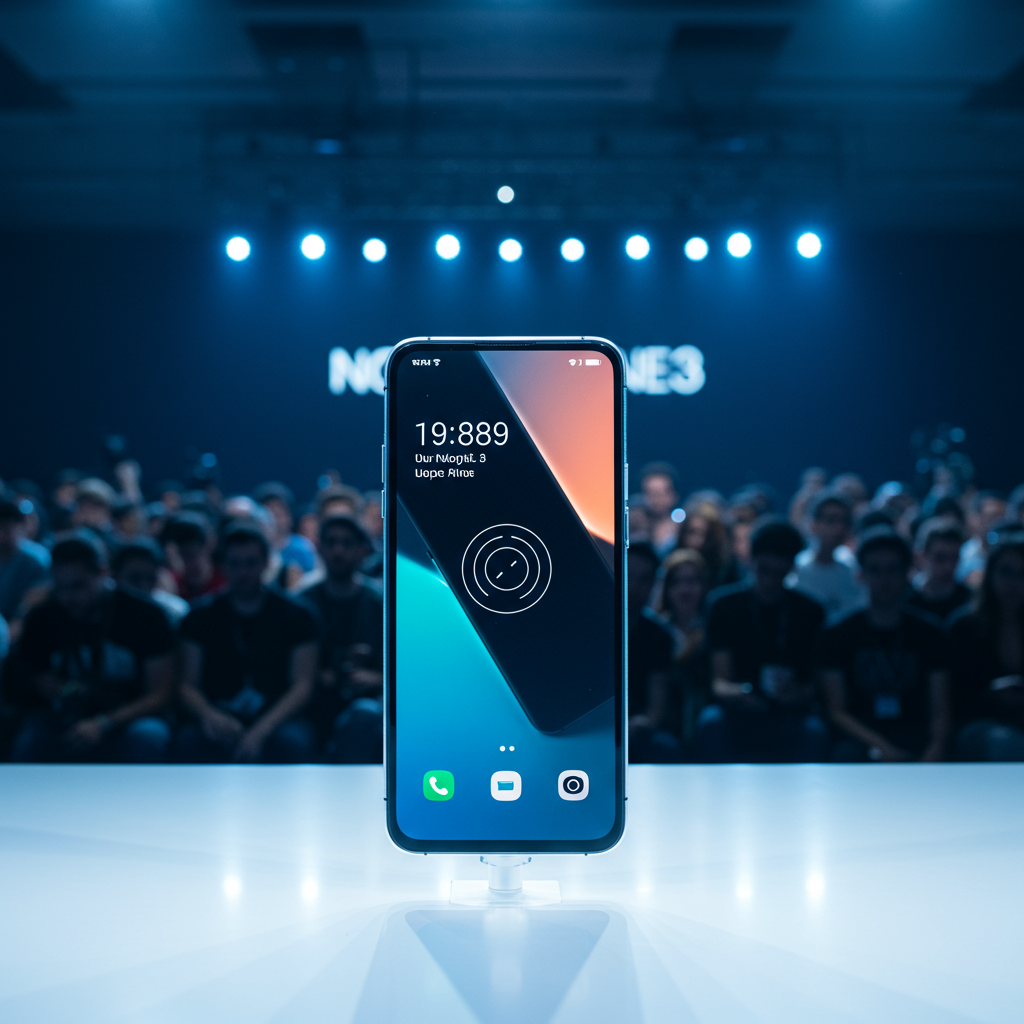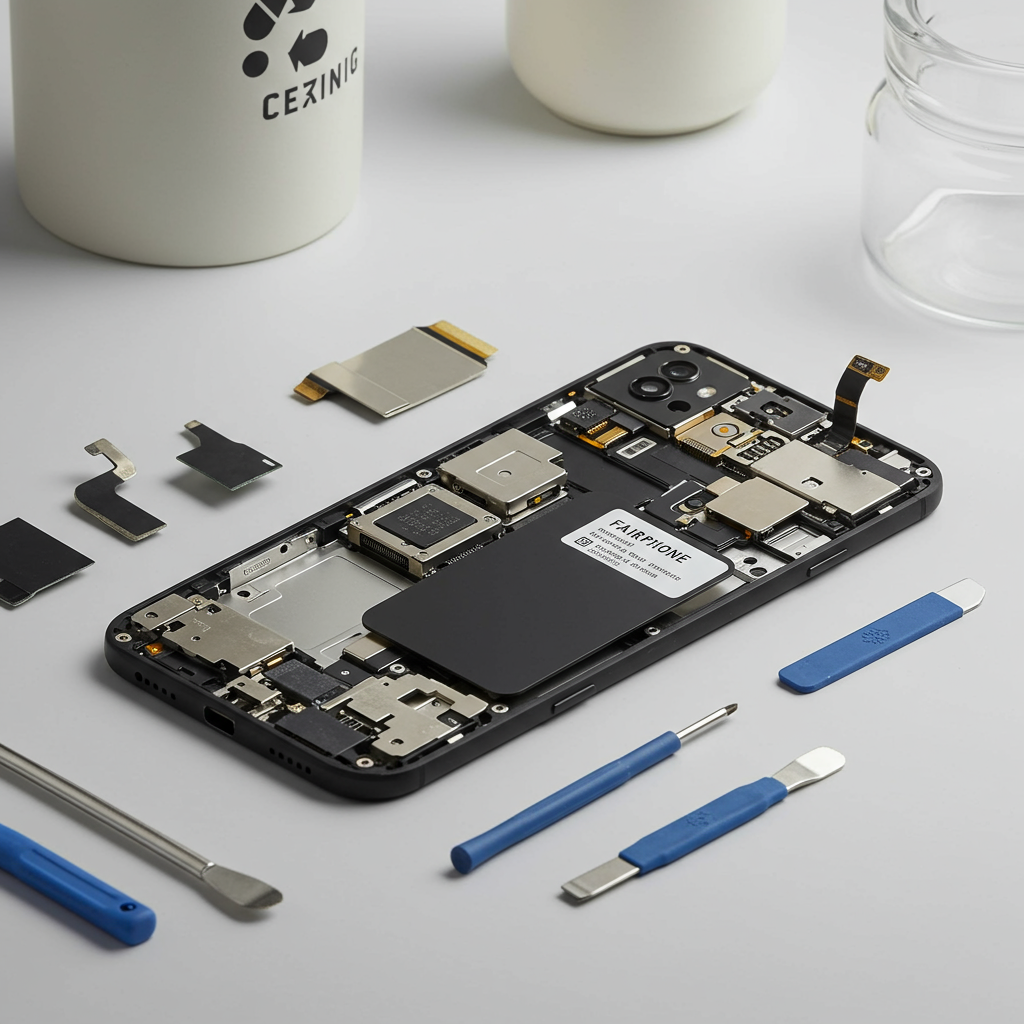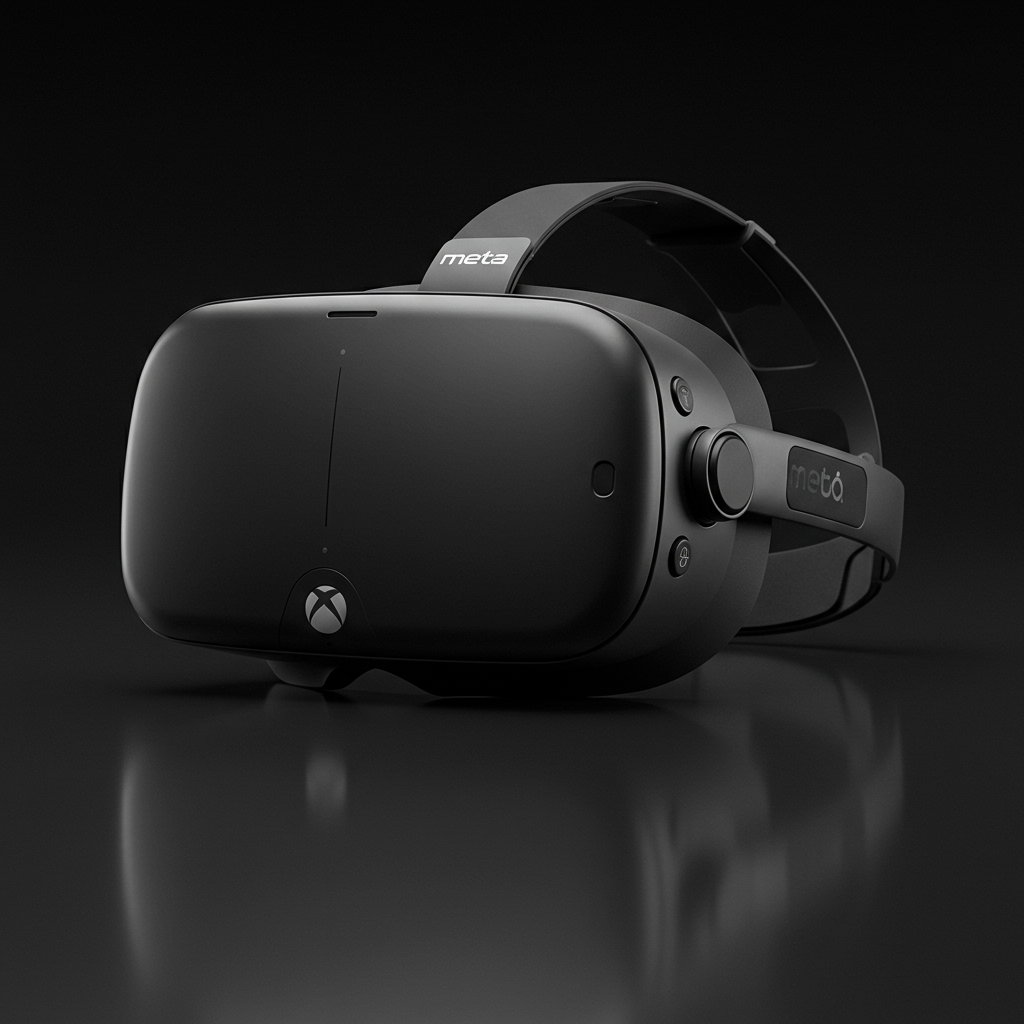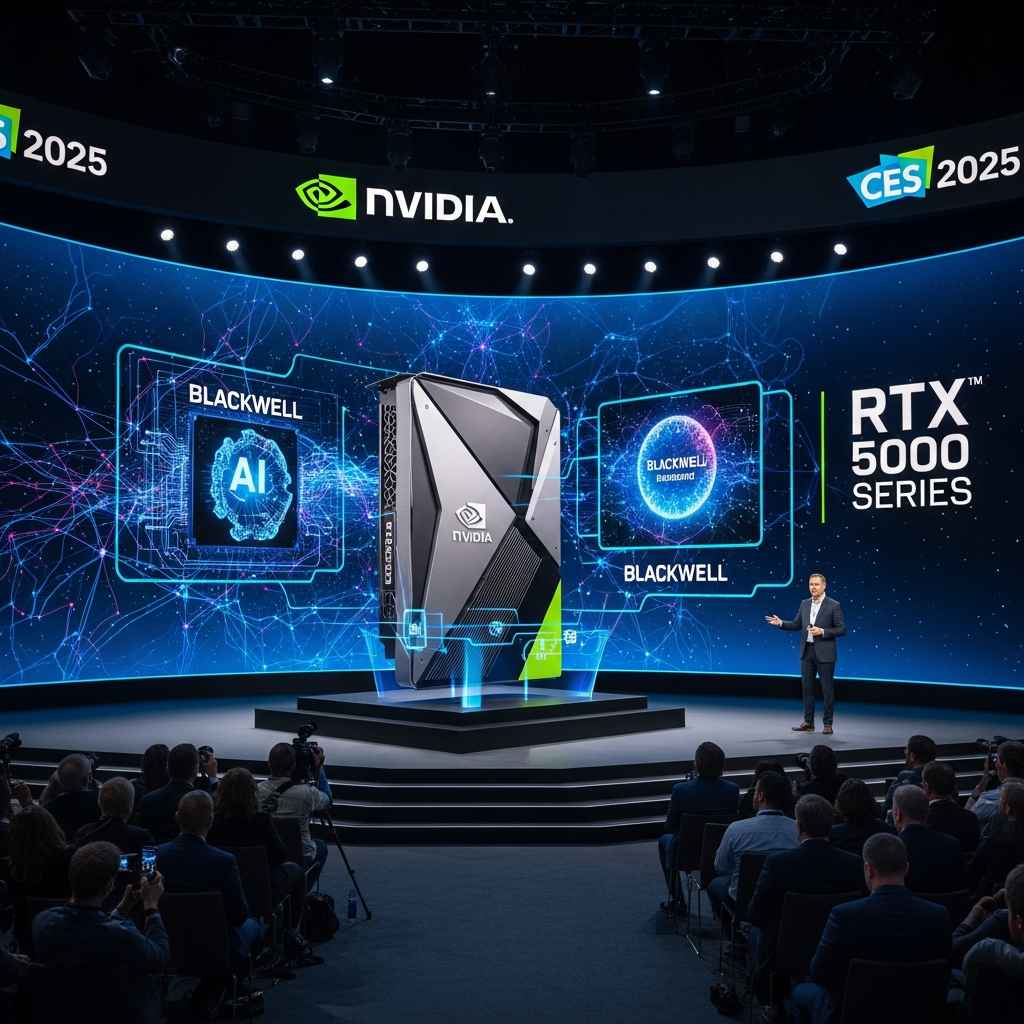<a href="https://news.quantosei.com/2025/07/01/samsung-encouraging-users-to-activate-latest-anti-theft-features-to-help-tackle-phone-theft/” title=”Activate Essential Samsung Anti-Theft Features Now”>nothing has officially stepped into the high-stakes flagship arena with the launch of its latest smartphone, the Nothing Phone (3). Unveiled at a London event on July 1, 2025, this device marks a significant turning point for the young British company. Positioned squarely against giants like Samsung, Apple, and Google, the Phone (3) arrives with a $799 starting price tag, making it Nothing’s most expensive offering to date. The company aims to disrupt the market with its distinctive design philosophy and a blend of premium features targeting tech enthusiasts hungry for something different.
The Phone (3) carries forward Nothing’s signature transparent design, though with refinements. It boasts a thinner profile than its predecessors and introduces a fresh three-column arrangement on the rear. A notable upgrade is the IP68 rating, providing improved water and dust resistance – a first for a Nothing device and a crucial feature for a flagship phone.
A New Era for the glyph Interface: The Glyph Matrix
Perhaps the most talked-about change is the evolution of Nothing’s unique Glyph Interface. Instead of the larger light strips found on previous models, the Phone (3) features a smaller, circular dot-matrix LED display. Located on the top right corner of the back, this “Glyph Matrix” uses 489 individual LEDs. Nothing believes this new approach offers more utility than a simple light show.
Controlled by a dedicated button located subtly under the rear glass, the Glyph Matrix can display monochromatic patterns and information. It’s designed to show concise notifications, contact-specific avatars or emojis, weather updates, and battery levels at a glance. You can also use it for practical functions like a stopwatch or camera countdown timer. Adding a playful touch, the Matrix supports simple “Glyph Toys” and games, with an SDK planned for community-driven creations. While some find it less visually striking than the original Glyph, others see it as a more functional evolution of the concept, aligning with Nothing’s minimalist aesthetic. Interacting with the under-glass button requires a slight learning curve due to its lack of tactile click feedback.
Powerhouse Performance and Display
Under the hood, the Nothing Phone (3) packs serious power. It is equipped with the Snapdragon 8S Gen 4 processor, built on a 4nm architecture. Nothing highlights this chip for its significant performance leap over previous models, claiming substantial boosts in CPU, GPU, and especially AI processing capabilities. This chip is designed to handle demanding mobile games and complex tasks with ease.
The Phone (3) features a vibrant 6.67-inch AMOLED display. This screen boasts a sharp 1.5K resolution, an adaptive refresh rate up to 120Hz, and impressive brightness. It reaches 1600 nits typical and a peak of 4500 nits for compatible HDR content, making it Nothing’s brightest display yet. The screen is protected by durable Gorilla Glass 7i.
Photography and Battery Life Upgrades
Photography receives a major boost on the Phone (3) with a comprehensive 50-megapixel camera system across the board. The rear setup includes three 50MP lenses. The main camera features a larger 1/1.3-inch sensor and an f/1.68 aperture, promising improved low-light performance. A periscope telephoto lens offers versatile zoom capabilities, from 3x optical to an impressive 60x AI Super Res digital zoom, and can also function for macro shots. The ultra-wide lens provides a 114-degree field of view and supports macro photography from as close as 10cm. The front-facing camera has also been upgraded to 50 megapixels. Nothing has reportedly focused on improving camera processing, historically an area for growth, and includes features like 4K UHD video recording at 60fps with OIS and cinematic presets. A small red LED on the rear provides a clear video recording indicator.
Powering the device is a large 5,150 mAh battery, one of the first silicon-carbon batteries to appear in Western markets (the India variant gets a slightly larger 5,500 mAh). This technology allows for higher energy density in a compact size. The Phone (3) supports 65W wired fast charging, capable of reaching 50% charge in under 20 minutes and a full charge in less than an hour. It also includes 15W wireless charging, a feature often reserved for premium flagships.
AI Features and Software Experience
The Nothing Phone (3) launches with Nothing OS 3.5, based on Android 15, and promises an update to Nothing OS 4.0 (Android 16) soon. Nothing is making a strong commitment to software longevity, promising five years of major Android OS updates and seven years of security patches. Nothing OS itself maintains its distinctive visual style with unique icons and personalization options.
AI features are integrated throughout the software experience. The “Essential Key,” a customizable side button returning from the Phone (3a) Pro, defaults to launching “Essential Space.” This AI-powered app acts as a smart scrapbook for screenshots and notes. New AI capabilities include meeting recording transcription, summarization, and action point extraction accessed via the “Flip To Record” gesture. Essential Search provides a unified search bar, using natural language queries to find information across your device and even fetch web results, drawing parallels to existing AI assistants but tailored to Nothing’s interface. The anticipated Smart Collections feature, however, will not be available at launch.
Pricing and Availability
The Nothing Phone (3) is priced aggressively for the flagship market. It starts at $799 for the configuration with 12GB of RAM and 256GB of storage. A step-up model with 16GB of RAM and 512GB of storage will cost $899. This starting price directly matches competitors like the Samsung Galaxy S25, which launched earlier in the year at the same price point. While early reports based on UK pricing (£799/£899) suggested a higher US cost, the official US pricing places it firmly in the competitive $800-$900 range.
Nothing is ensuring broad availability for the Phone (3) in the crucial US market. Following its debut on July 1, preorders were set to begin on July 4, 2025. General sales will commence on July 15, available directly through Nothing’s official website (nothing.tech) and via Amazon. Carrier compatibility is confirmed for T-Mobile and AT&T, with limited 5G support noted for Verizon users. This broad US rollout, mirroring the Nothing Phone (2) but unlike the more restricted budget models, underscores Nothing’s commitment to establishing itself as a major player globally. The company, founded just four years ago, has already achieved over $1 billion in lifetime revenue and boasts more than 3 million global users, demonstrating its growing influence.
Frequently Asked Questions
How does the new Glyph Matrix differ from previous Nothing Phone lights?
The Nothing Phone (3) replaces the larger, patterned LED light arrays of previous models with a smaller, circular “Glyph Matrix.” This is a dot-matrix display with 489 mini-LEDs. It offers more detailed, albeit monochromatic, information like notifications, contact avatars, weather widgets, and battery levels. It’s controlled by a dedicated button and is designed for more utility and less abstract signaling than the older system, though its visual impact is less pronounced.
Where is the Nothing Phone 3 available for purchase, and what is its price?
The Nothing Phone (3) was launched on July 1, 2025. Preorders began on July 4, 2025, and general sales start on July 15, 2025. In the US, you can buy it from nothing.tech and Amazon. The base price is $799 for 12GB RAM/256GB storage, increasing to $899 for 16GB RAM/512GB storage. It’s compatible with T-Mobile and AT&T, with limited Verizon support.
Does the Nothing Phone 3 truly compete with top flagships like the Galaxy S25?
Nothing CEO Carl Pei positions the Phone (3) as the company’s “first true flagship,” explicitly designed to compete with devices like the Galaxy S25 and iPhone 16. It matches the Galaxy S25’s $799 starting price and packs premium specs like a Snapdragon 8S Gen 4 chip, 1.5K AMOLED display, a versatile triple 50MP camera system (including periscope zoom), IP68 rating, and fast wired/wireless charging. Its unique Glyph Matrix, AI features, and transparent design offer clear differentiation. While its camera processing will need real-world evaluation, the hardware and pricing suggest it is a strong contender in the premium segment.
Conclusion
The Nothing Phone (3) represents a bold leap for the company, moving from its value-focused roots into the competitive flagship landscape. With a striking, albeit evolved, design featuring the new Glyph Matrix, top-tier specifications like the Snapdragon 8S Gen 4 and a powerful 50MP camera system, and a price point set to challenge market leaders, Nothing is making a clear statement. The inclusion of extensive AI features and a strong commitment to software updates underscore its ambition. While the debate over its design evolution and position relative to its value heritage may continue, the Phone (3) is undoubtedly one of the most interesting and potentially disruptive smartphones launched this year. It invites users to consider a different kind of flagship experience, blending high performance with unique aesthetics and software.




